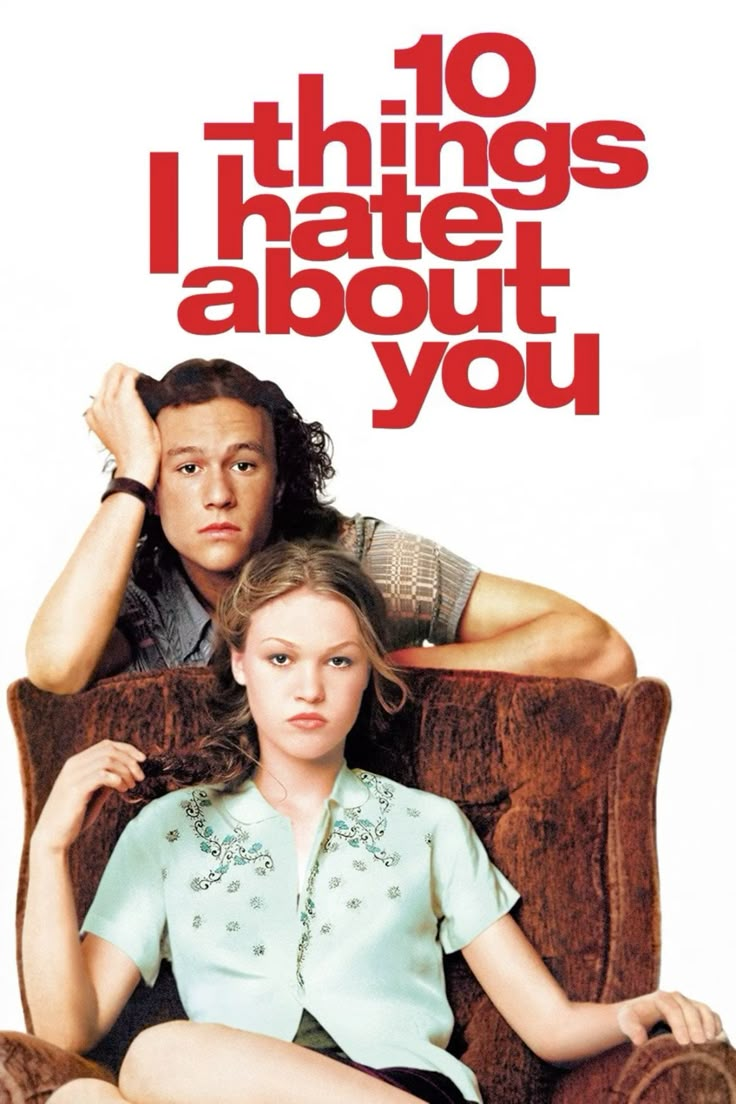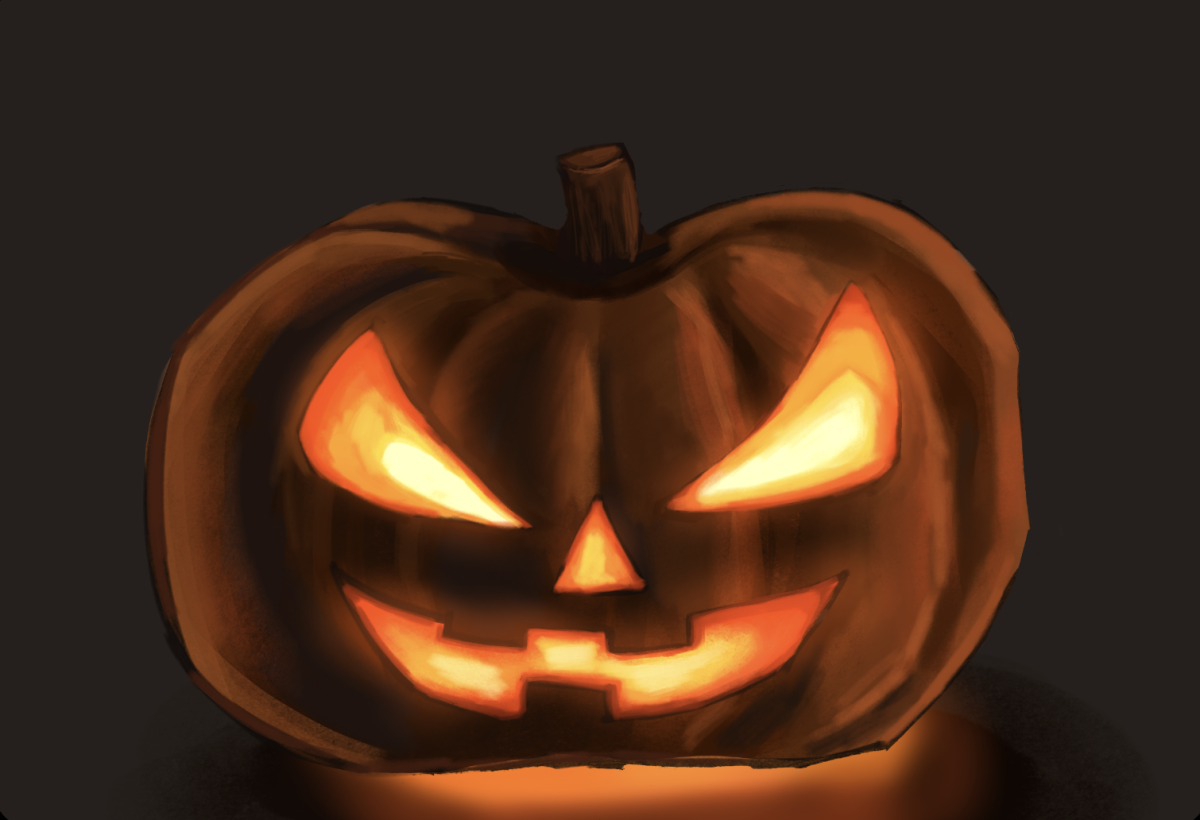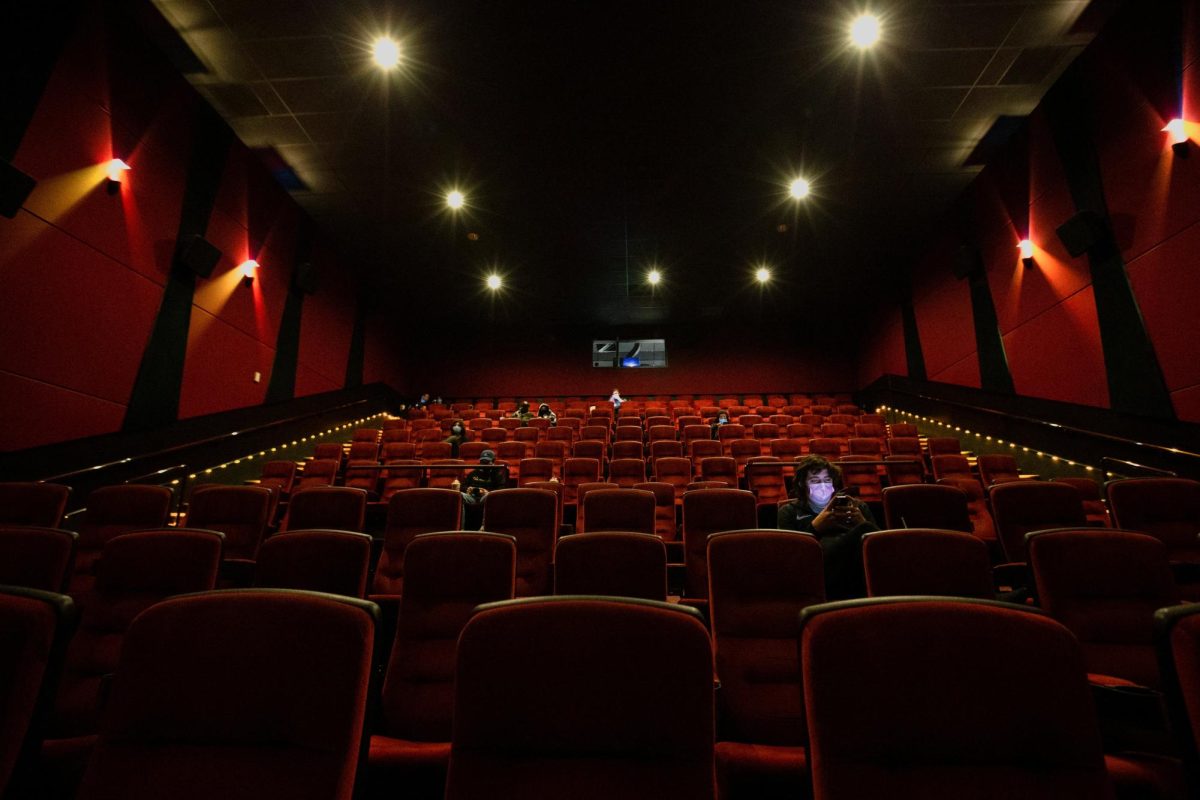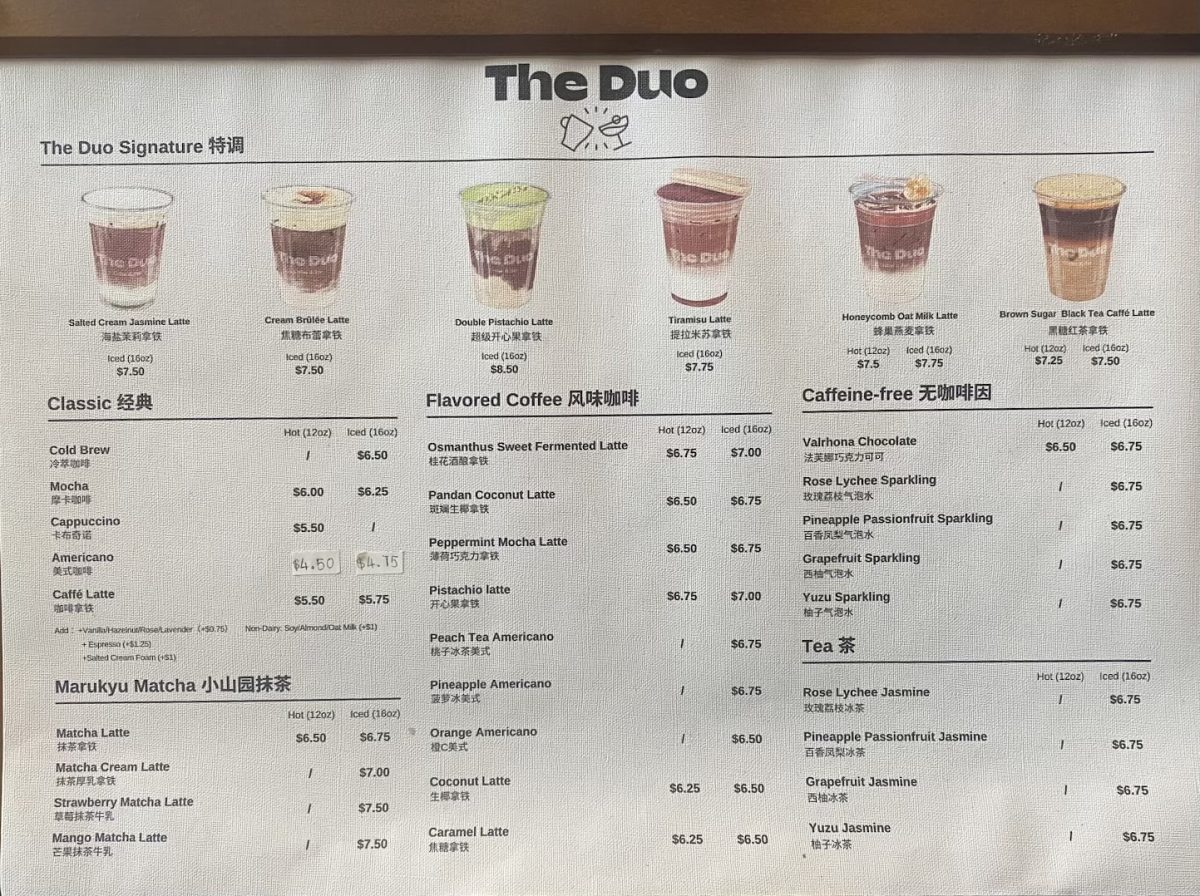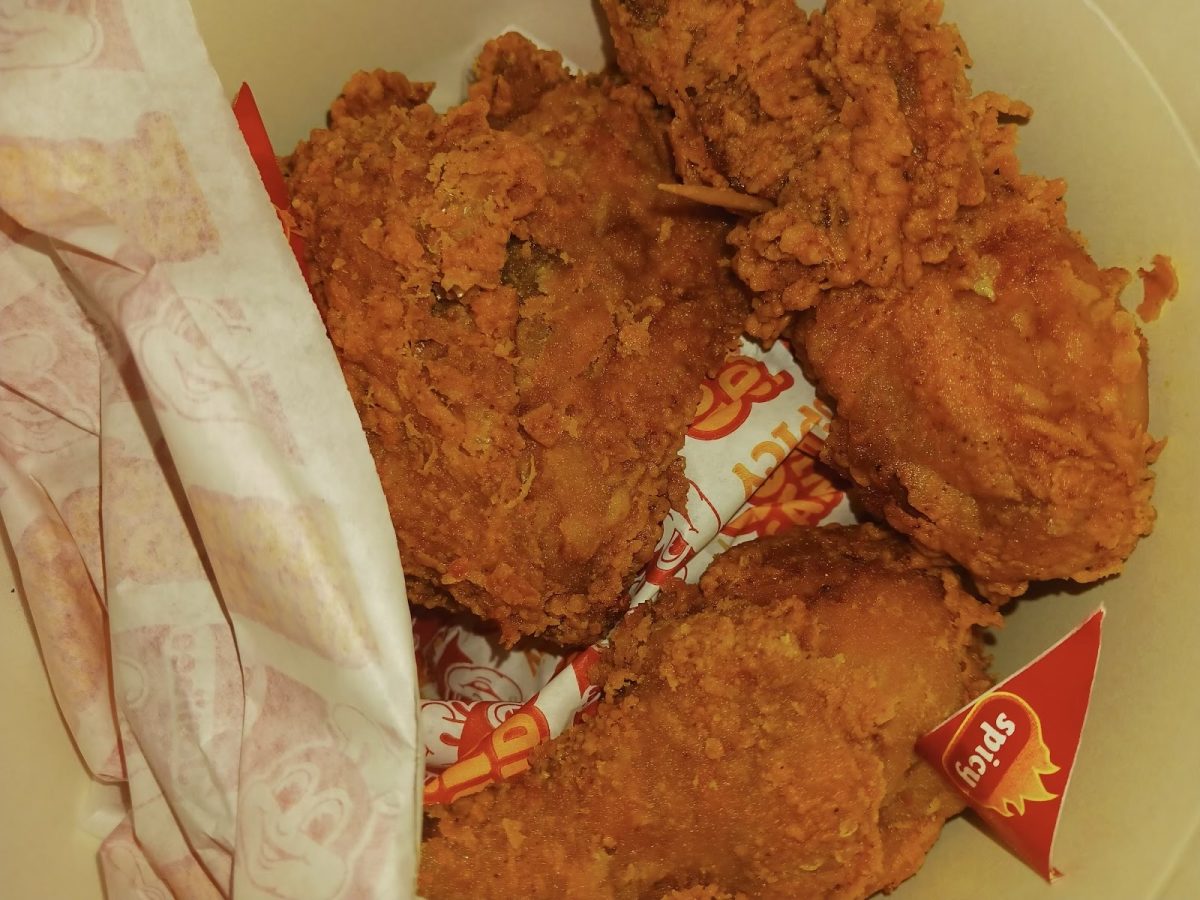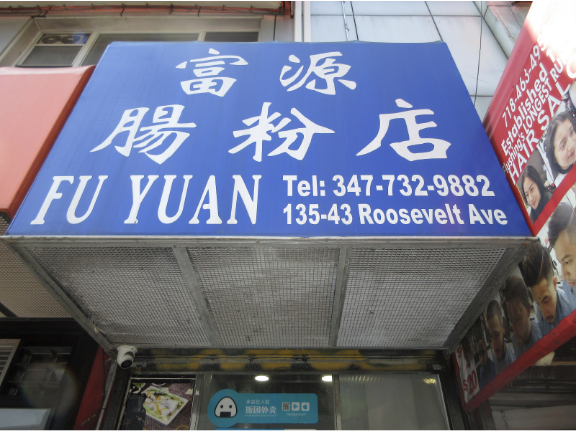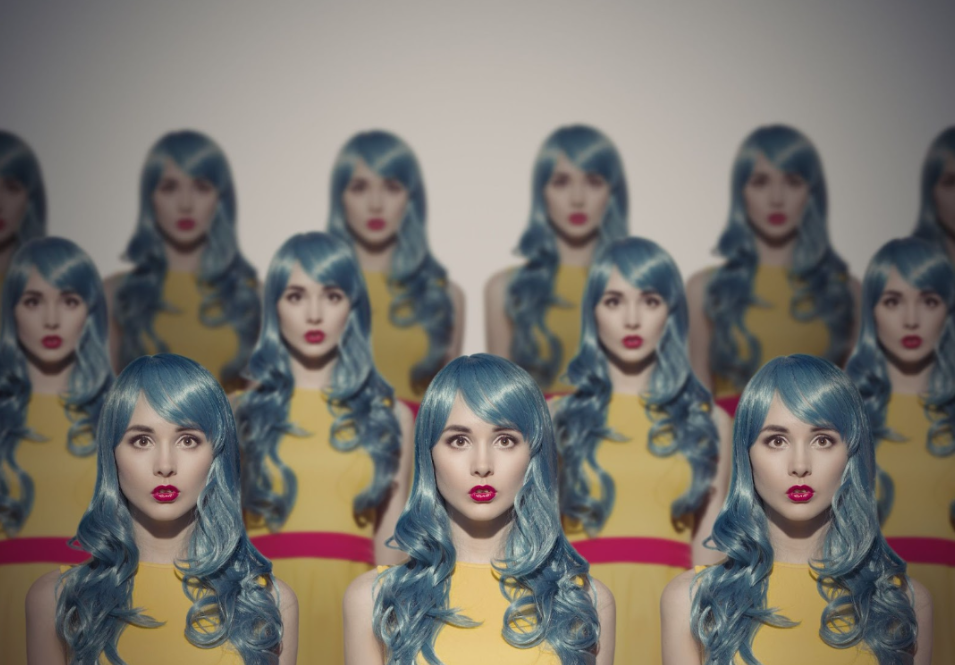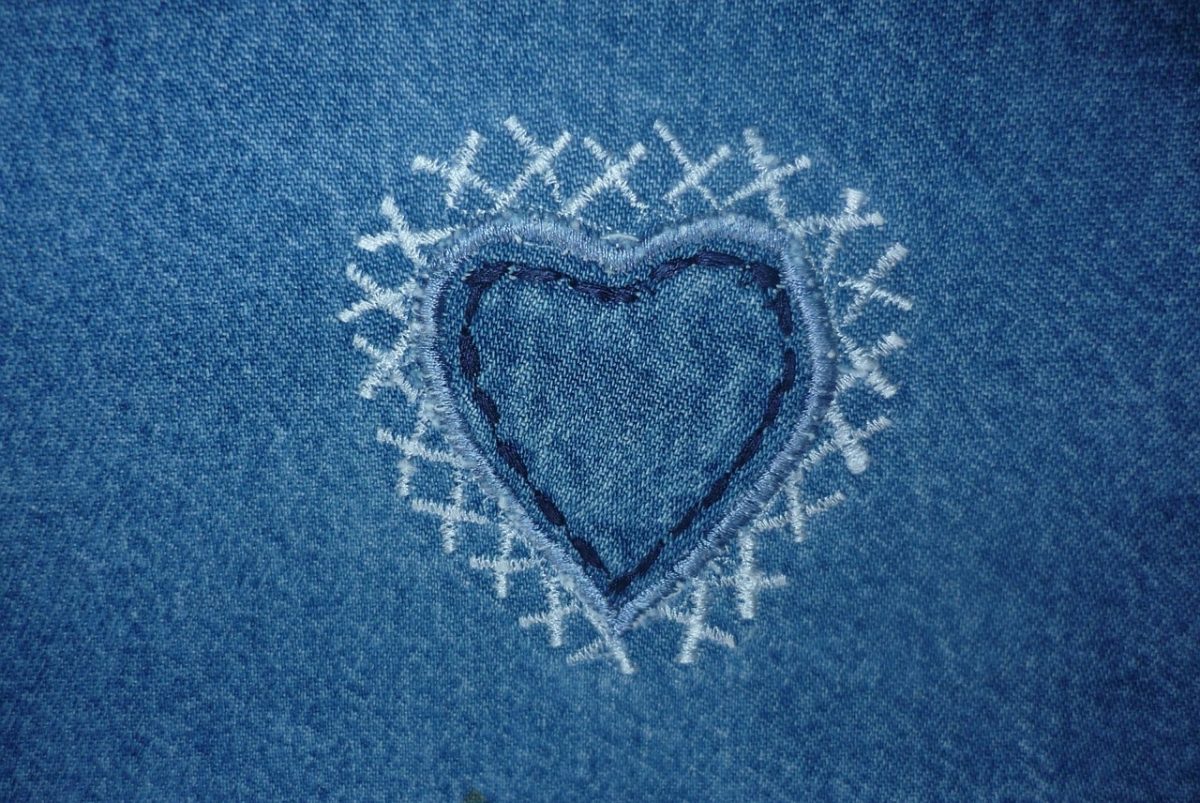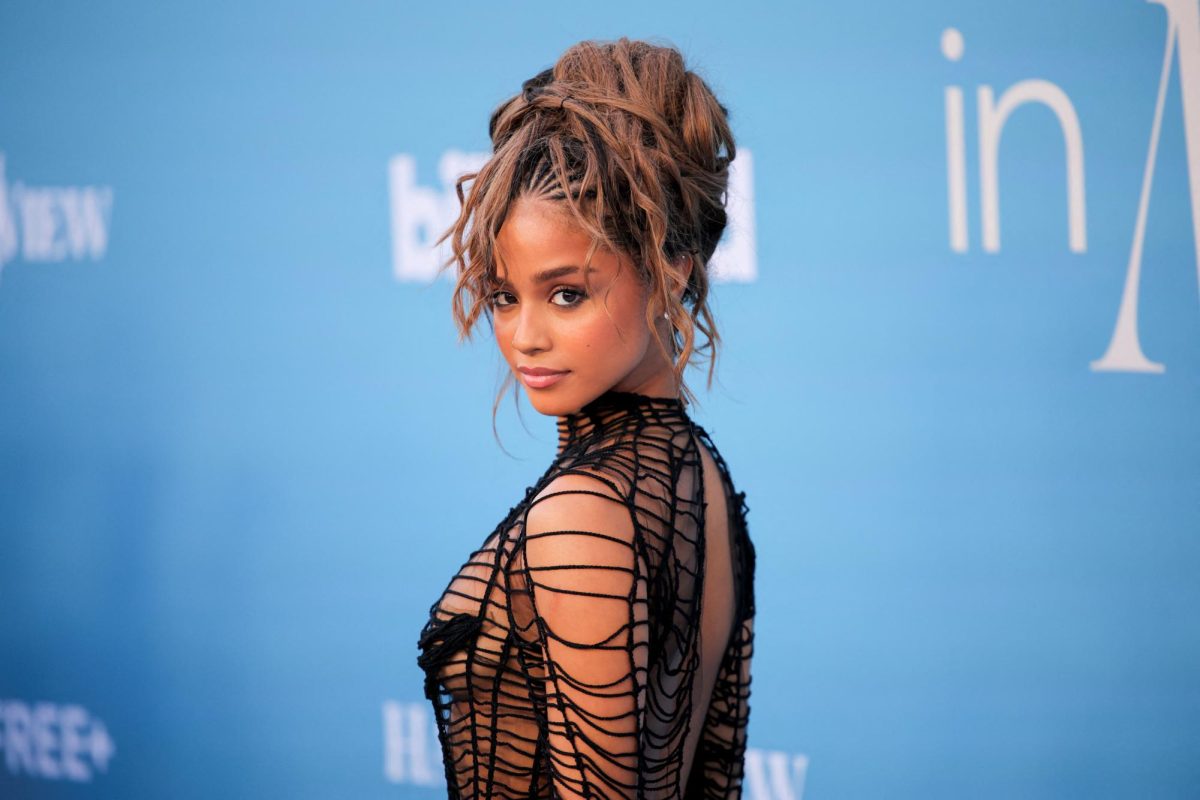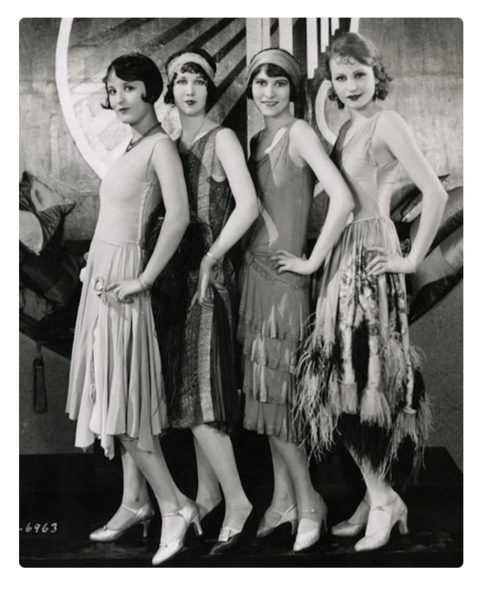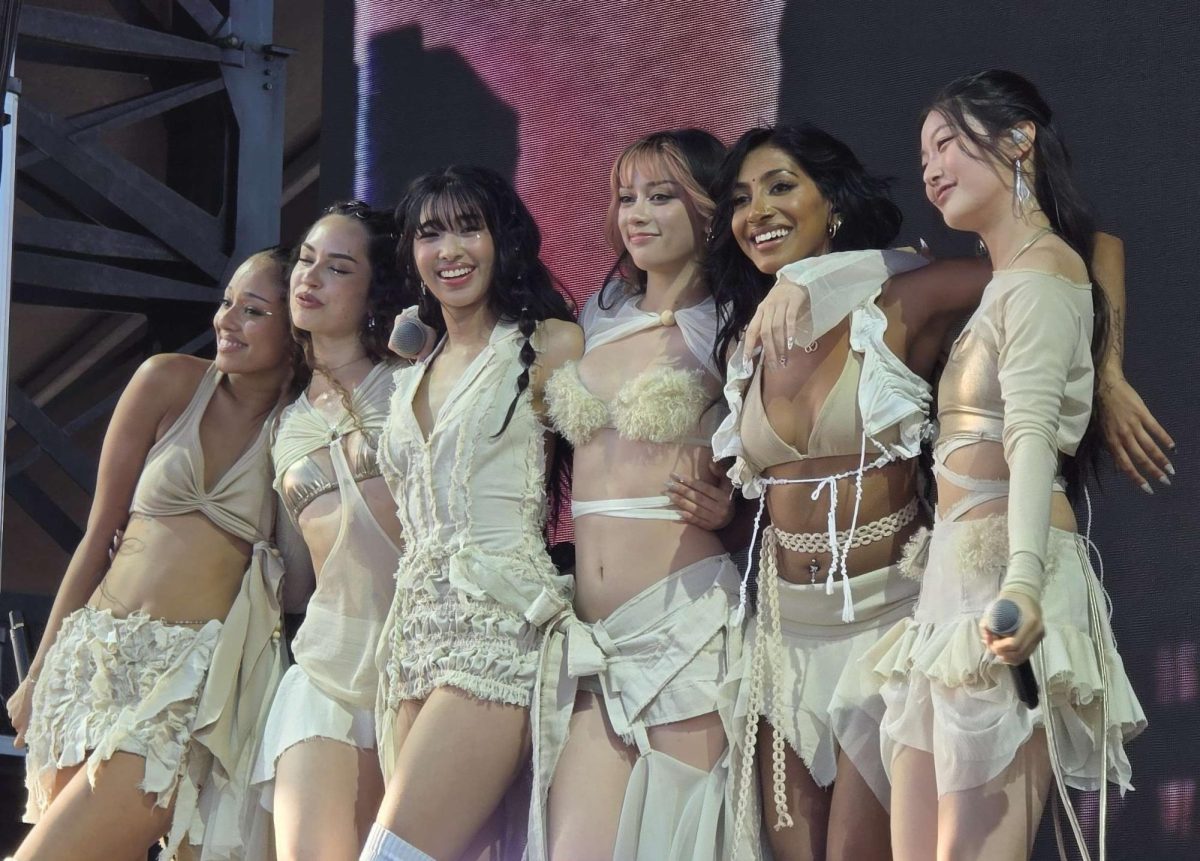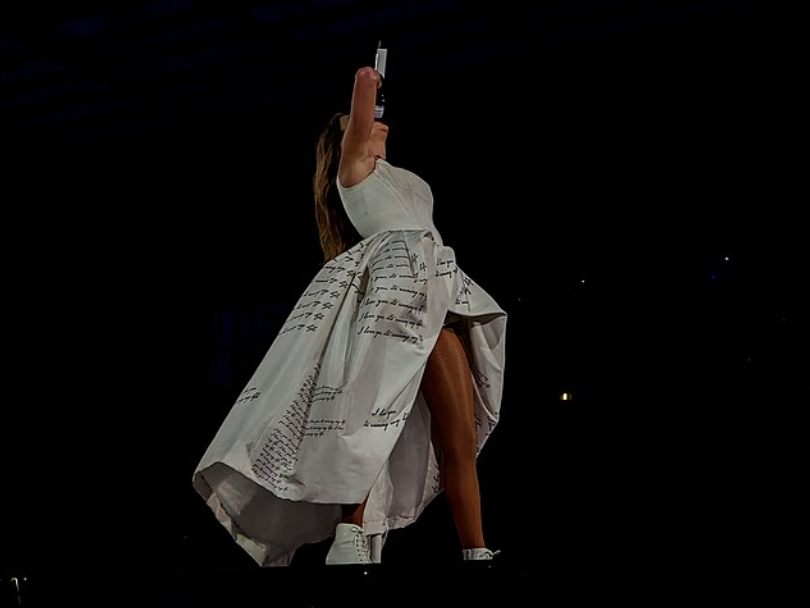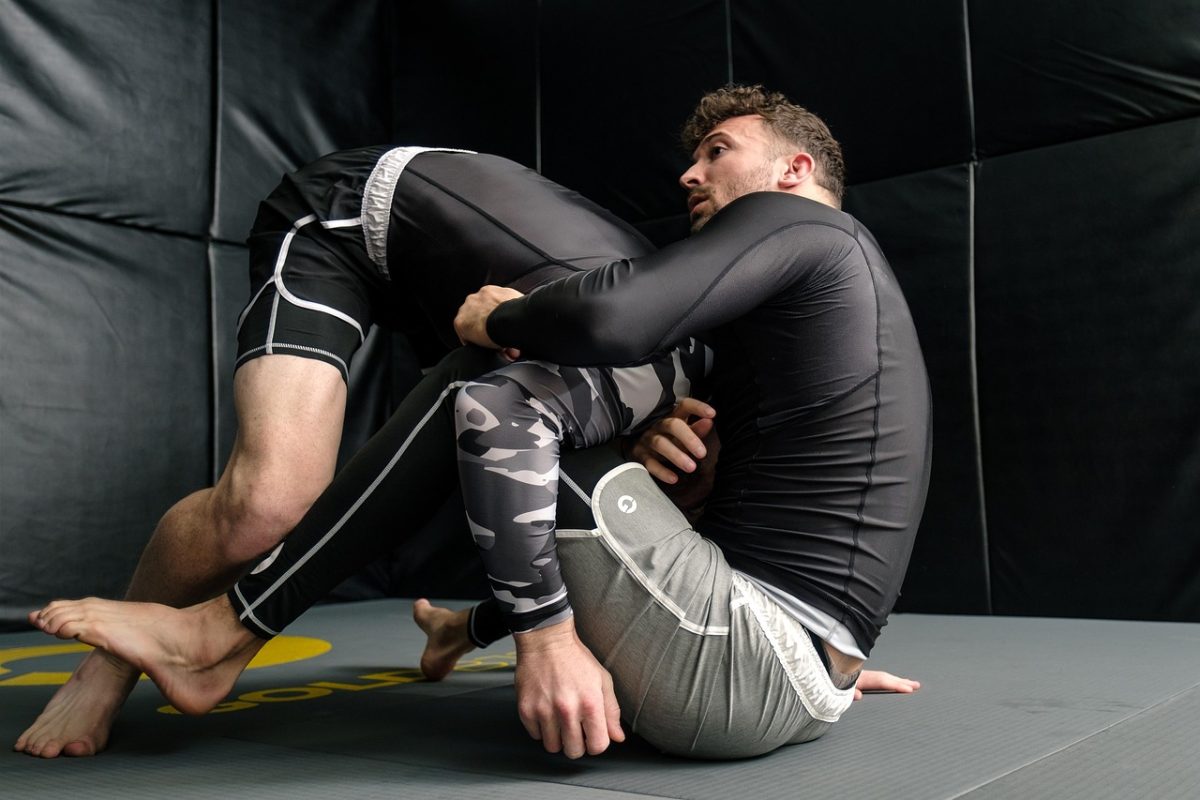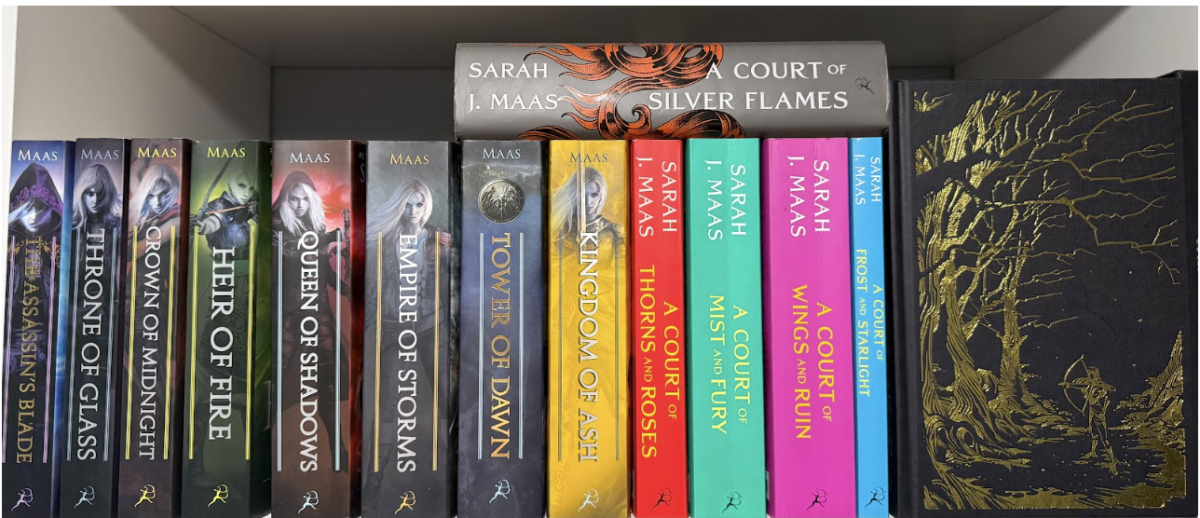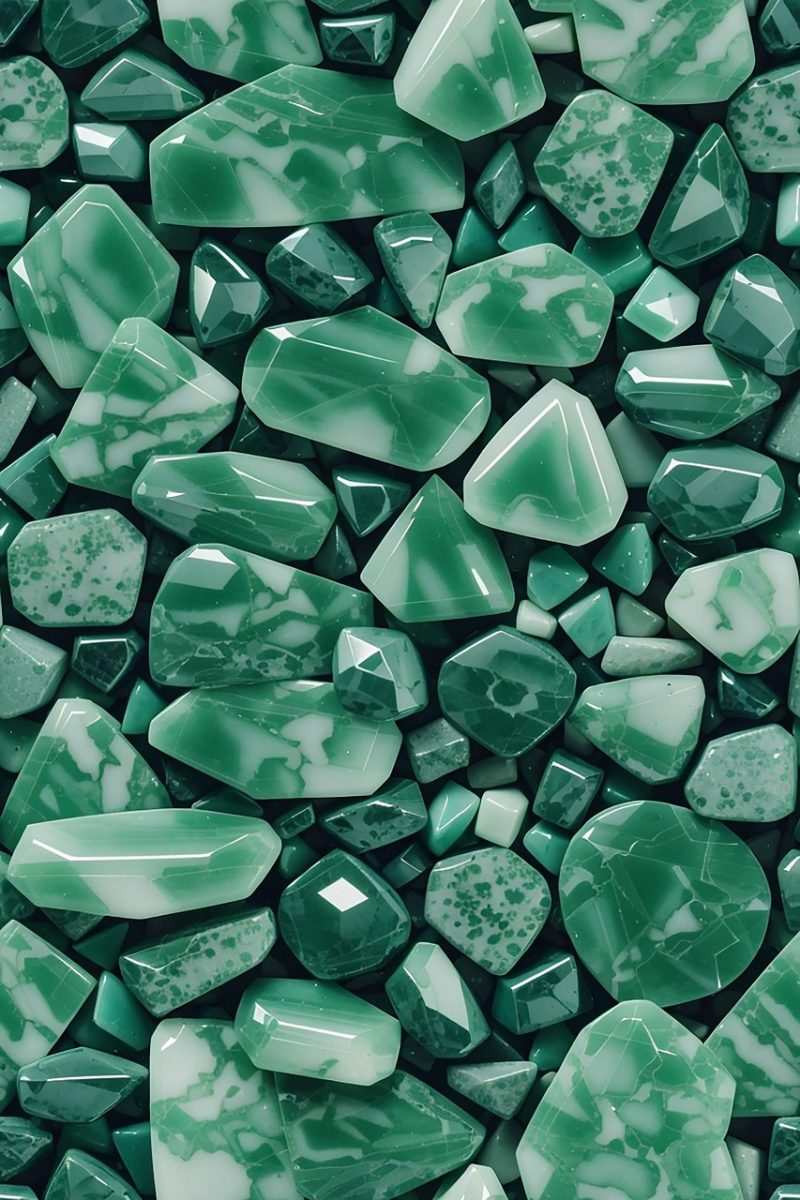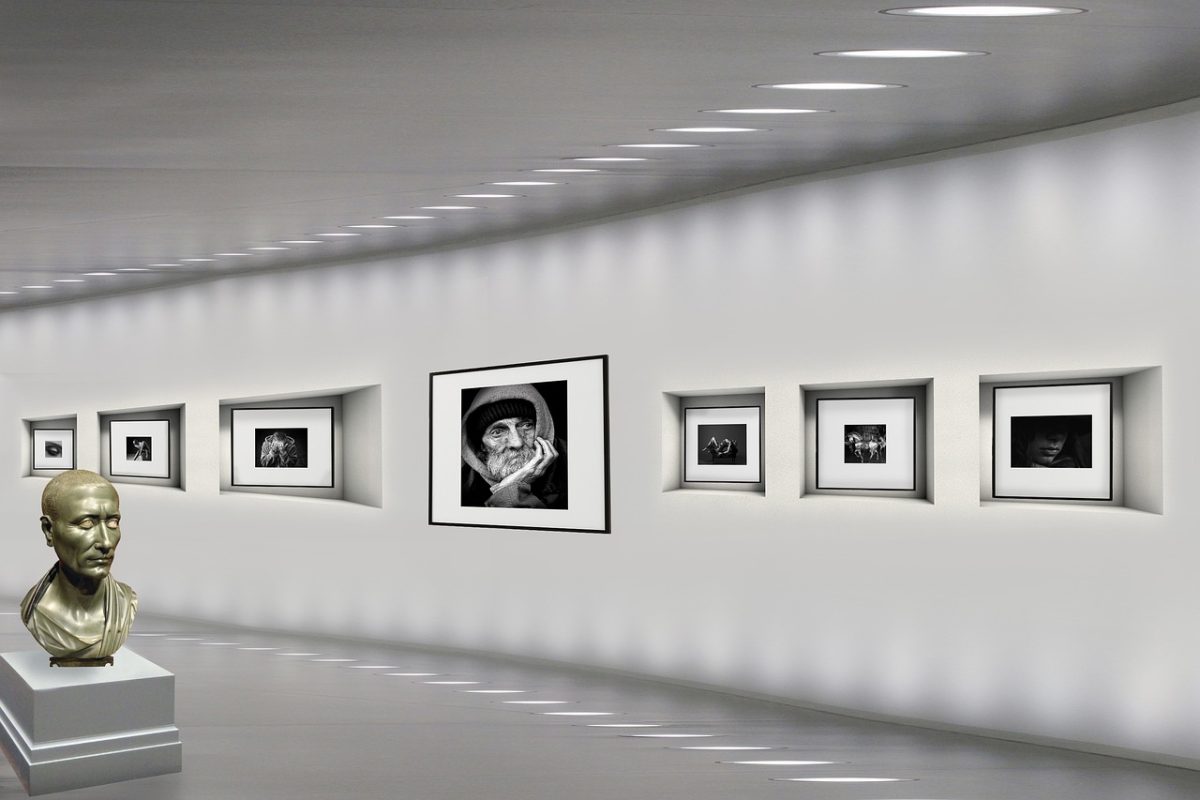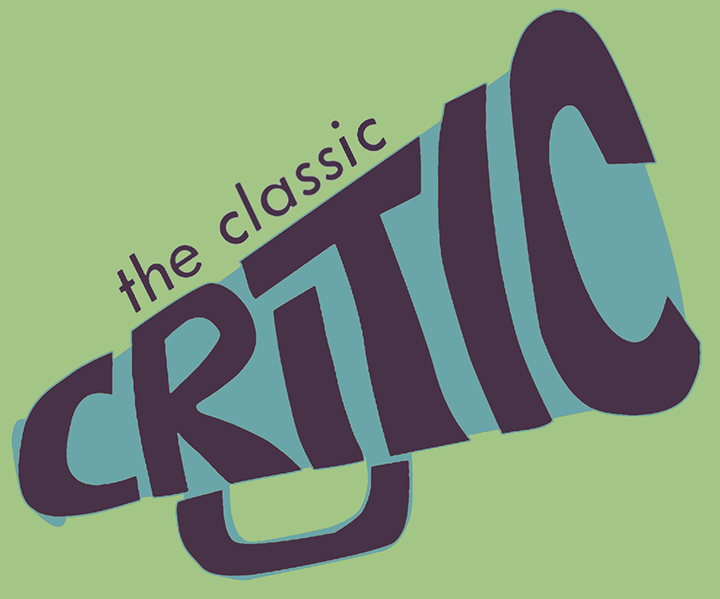If you scroll through TikTok or Instagram, only a few swipes can land you in a sea of trends: Y2K low-rise jeans, coquette bows, Stanley cups, and “clean girl” morning routines. Fashion, once a way to show one’s personal style and a form of authentic self-expression, has become a checklist to fit into what the media deems aesthetic. But over time, the comfort of rotting in algorithm-approved aesthetics has faded individuality and authenticity from the mainstream.
At Townsend Harris High School, it is apparent that social media and trends heavily influence what the student body wears. Sprouting from quarantine in 2020, platforms, especially TikTok, turned into havens where aesthetics such as cottage core, dark academia, and the clean girl look can easily explode overnight – overexposing these styles to users globally. While these trends may foster a sense of community and belonging, it leads to everybody dressing as clones of the biggest influencers or the next up-and-coming “cores” or “aesthetics” that are sweeping the media.
It’s easy to forget that these microtrends and subcultures were once built around rebellion and acts of defiance. Punk, hip-hop, goth, grunge, emo, and other styles weren’t curated for approval, but to challenge mainstream norms and rebel. However, when social media recycles the leftovers of aesthetics built on authenticity and standing out, it loses its edge, homogenizing all these styles into one marketable standard for blending in.
Even outside of Tiktok and Instagram, the proof of this shift is everywhere. Walk through the THHS hallways or scroll through Pinterest, you’ll notice the same silhouette repeated: cargo pants, mass-produced polyester graphic tees, the latest trending shoulder-bag, and the coolest new tube top that an influencer labeled a “must-have.” There’s no denying that these looks can be flattering and put-together, but they reveal how sameness has replaced subculture. The acceleration of fashion trends through social media has blurred the line between inspiration and mimicry. It’s everywhere.
This isn’t to say that fitting in is inherently bad. There’s comfort in finding an aesthetic that feels like home, especially when standing out isn’t your forte, you even may prefer the simplicity. On the other hand, the problem arises when people who feel lost turn to the internet to tell them what to be, rather than looking within. There should be no pressure to push people outside of their fashion comfort zones, but at the same time, there should also be no pressure to approach self-expression exactly as the trailblazers of punk, goth, emo, and hip-hop did years ago.
The rise of aesthetic culture doesn’t equal the death of style, but it does challenge us to consider where our influences come from and whether we’re truly expressing ourselves or just reheating the nachos of what’s already been approved as “cool” by influencers. The anecdote to ending this cycle isn’t rejecting aesthetics entirely, but finding new ways to embrace what subcultures once stood for: honesty, rebellion, and the courage to stand out. If there’s an itch to wear something out of the norm, scratch it.



